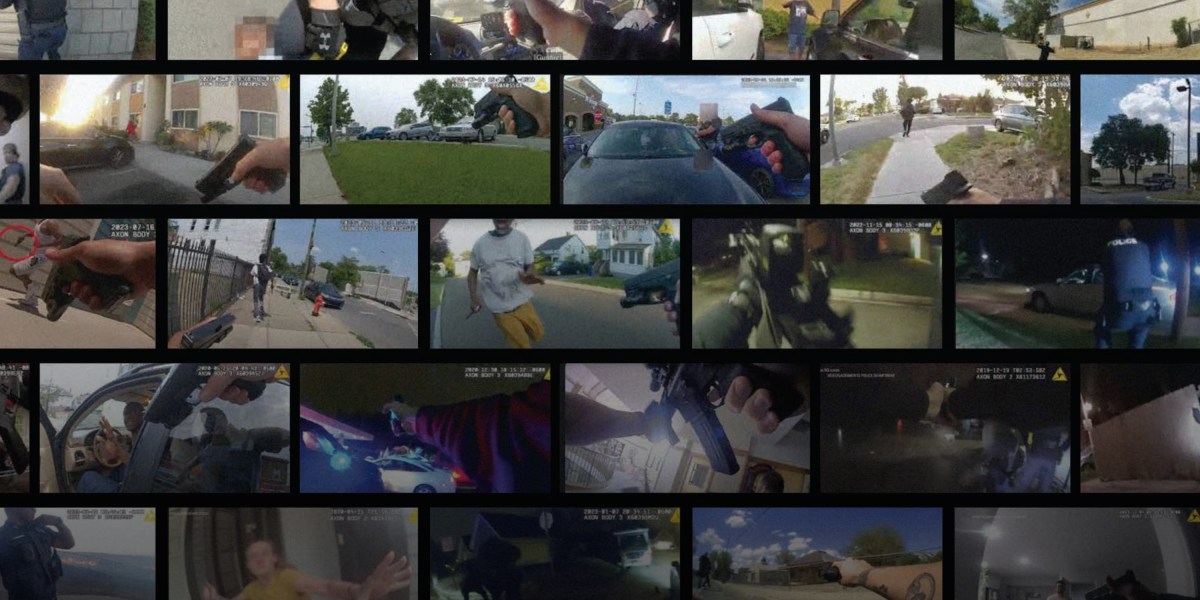When police departments first started buying and deploying bodycams in the wake of the police killing of Michael Brown in Ferguson, Missouri, a decade ago, activists hoped it would bring about real change.
Years later, despite what’s become a multibillion-dollar market for these devices, the tech is far from a panacea. Most of the vast reams of footage they generate go unwatched. Officers often don’t use them properly. And if they do finally provide video to the public, it’s often selectively edited, lacking context and failing to tell the complete story.
A handful of AI startups see this problem as an opportunity to create what are essentially bodycam-to-text programs for different players in the legal system, mining this footage for misdeeds. But like the bodycams themselves, the technology still faces procedural, legal, and cultural barriers to success. Read the full story.
—Patrick Sisson
Three reasons robots are about to become more way useful
The holy grail of robotics since the field’s beginning has been to build a robot that can do our housework. But for a long time, that has just been a dream. While roboticists have been able to get robots to do impressive things in the lab, these feats haven’t translated to the messy realities of our homes.
Thanks to AI, this is now changing. Robots are starting to become capable of doing tasks such as folding laundry, cooking and unloading shopping baskets, which not too long ago were seen as almost impossible tasks.

